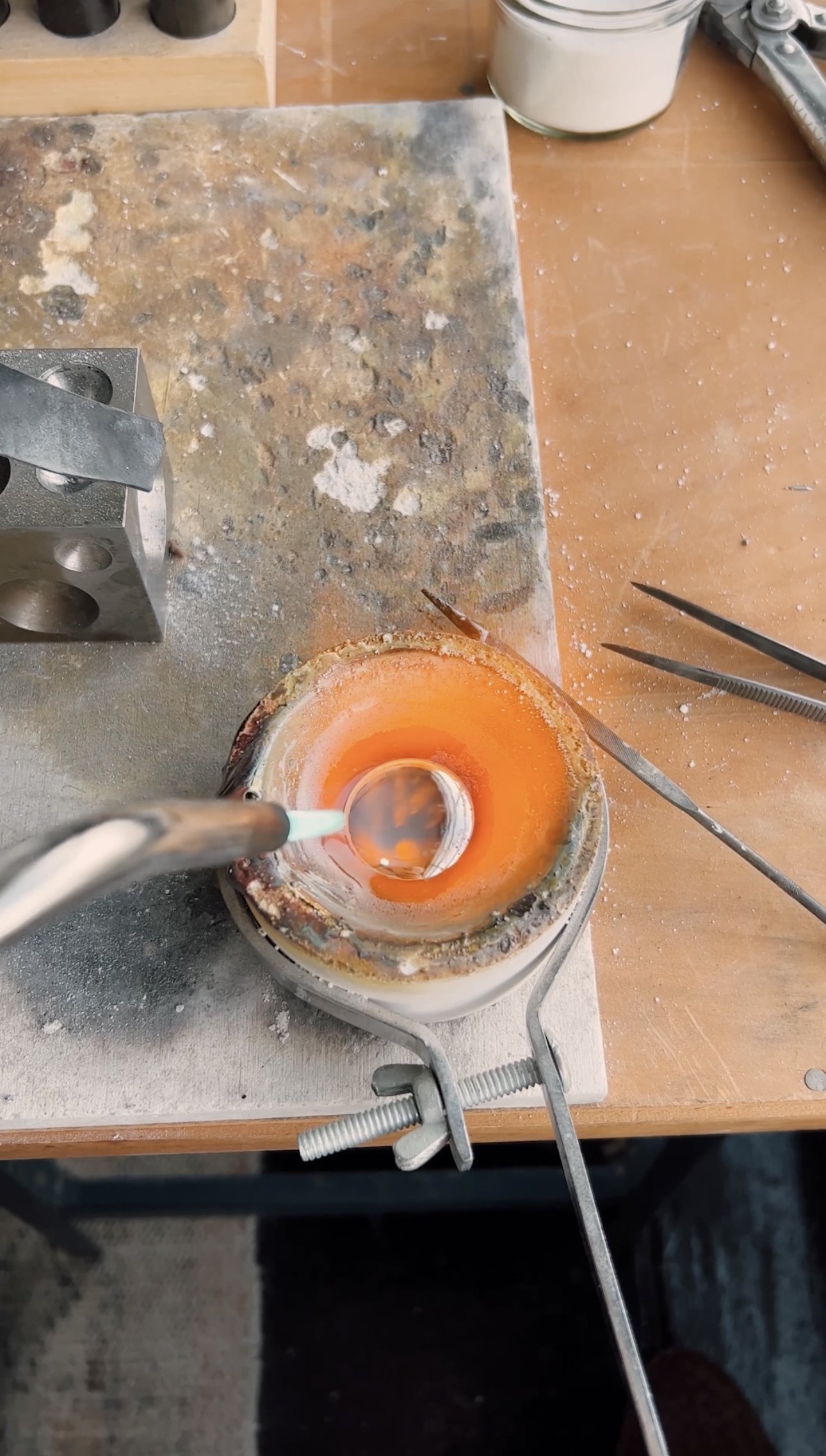THE ORIGINS OF SOUTHWEST SILVERSMITHING
Contrary to what many people think, silversmithing is not native to the Navajo people of the Southwest. According to “Navajo Silver”, metal working in general was introduced to the Navajo people by the Mexicans in the middle of the 19th century.
It states that the first Navajo silversmith and eventual chief was known by his people as Atsidi Sani, which translates to “the old smith” and the Spanish knew him as Herrero, which translates to “the smith”. According to Navajo history, shortly before 1853, Herrero may have had his introduction to metal work by a Mexican captive taken prisoner near Socorro.
In an 1854 letter, written by American Captain Henry L. Dodge and published by the Santa Fe Weekly Gazette, we have our earliest, definite evidence to a meaningful silversmith connection deep in Navajo country. He writes, “I have with me George Carter who is their blacksmith, a man of sterling worth and every inch a soldier - a Mexican silversmith, an assistant, Juan Anea, my interpreter, and two Mexican servants.” Here he mentions a silversmith among them but doesn’t say his name.
At any rate, history shows us that silversmithing was mainly adopted by the Navajo during 1853 and 1858. By 1864 an article was published by the Rio Abajo Weekly Press that said, “The warriors themselves fabricated saddles, and bridles, and buckles, buttons and clasps of silver…” Indicating they were well on their way, developed in their craft similar to the Mexicans before them and would go on to make it their own.
So who was this mystery man that introduced the Navajo people to the work of silver and helped bring us the Southwest art we know and love today? It’s not certain, but many believe his name to be Casillio.









